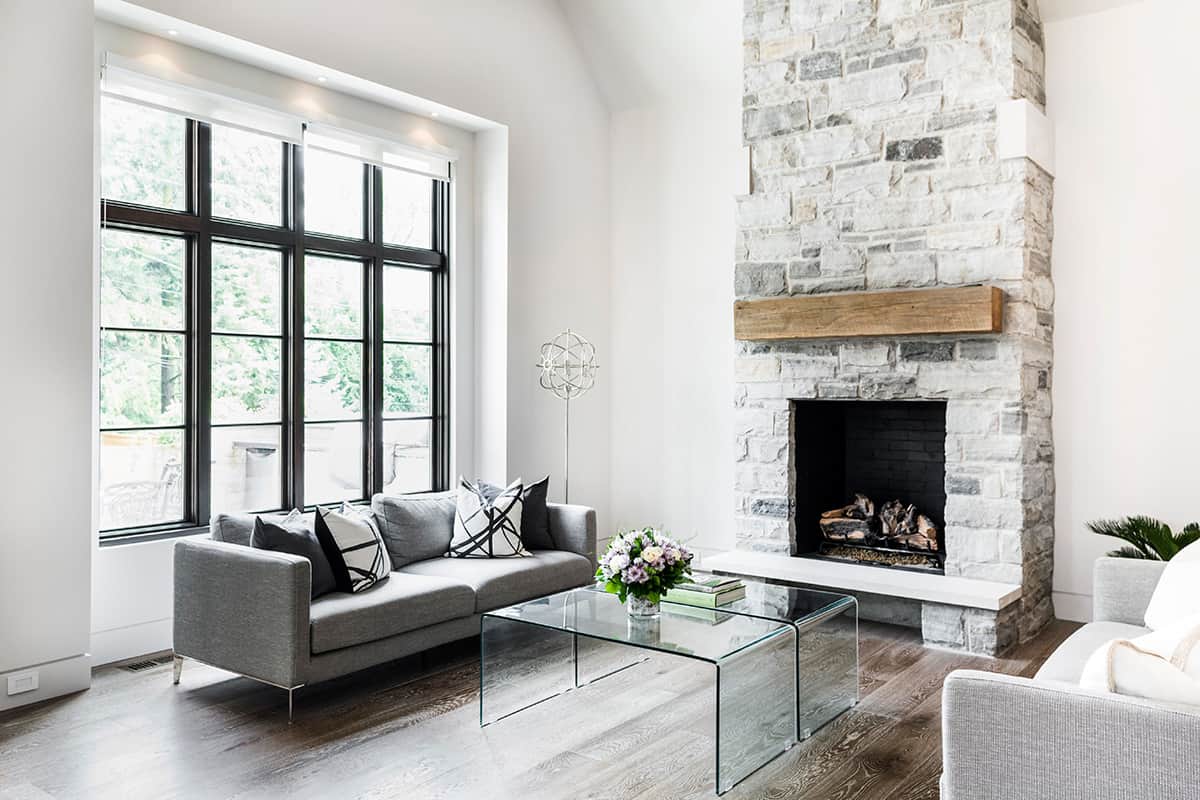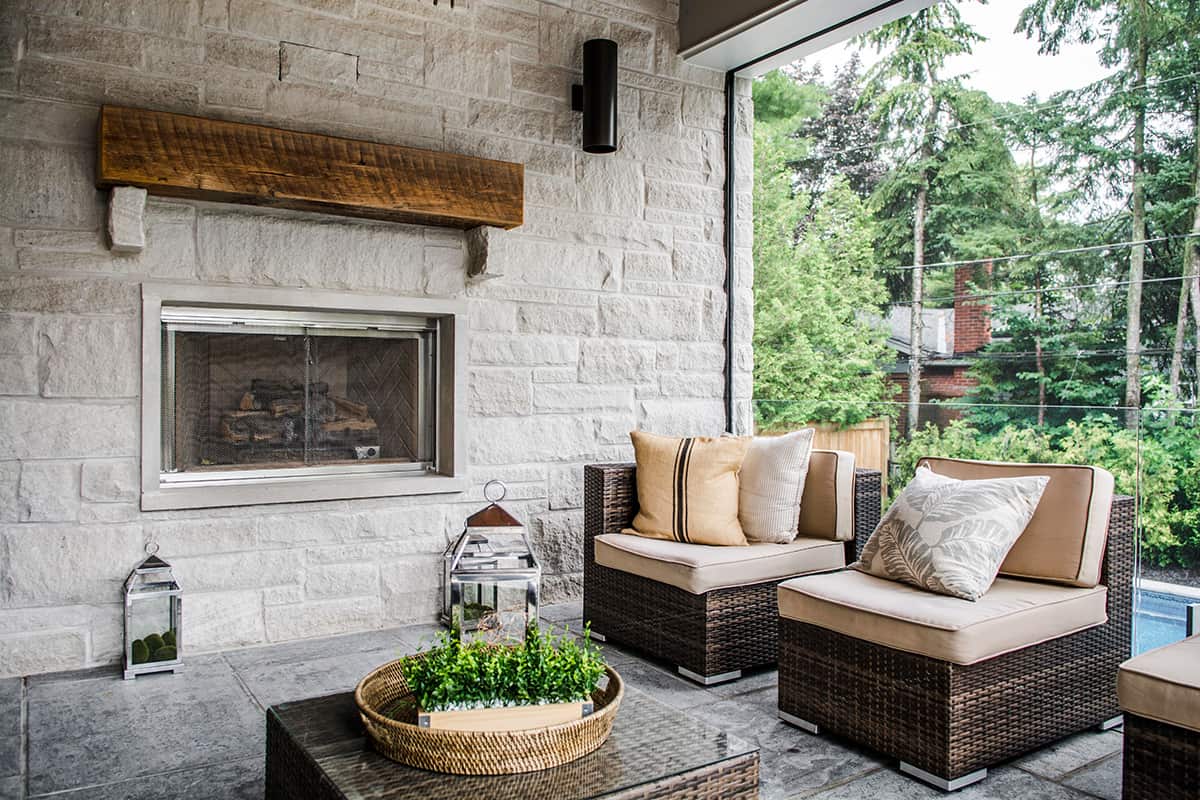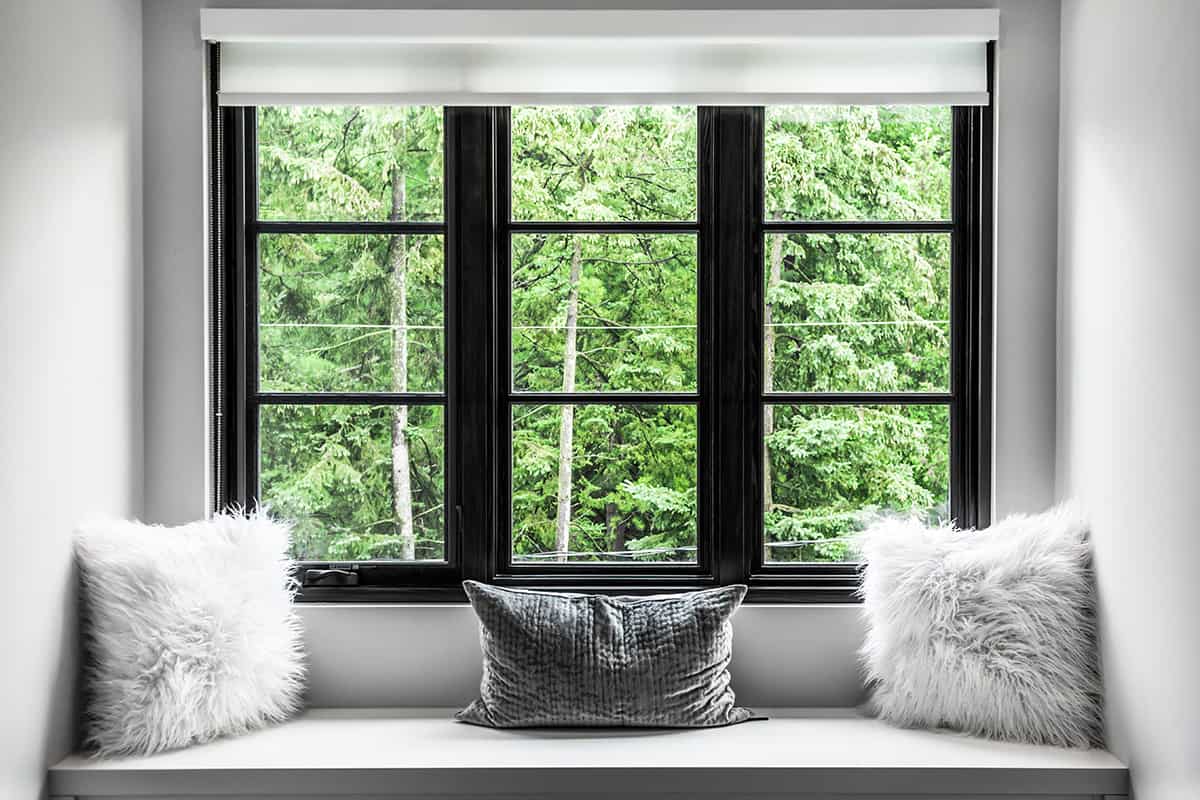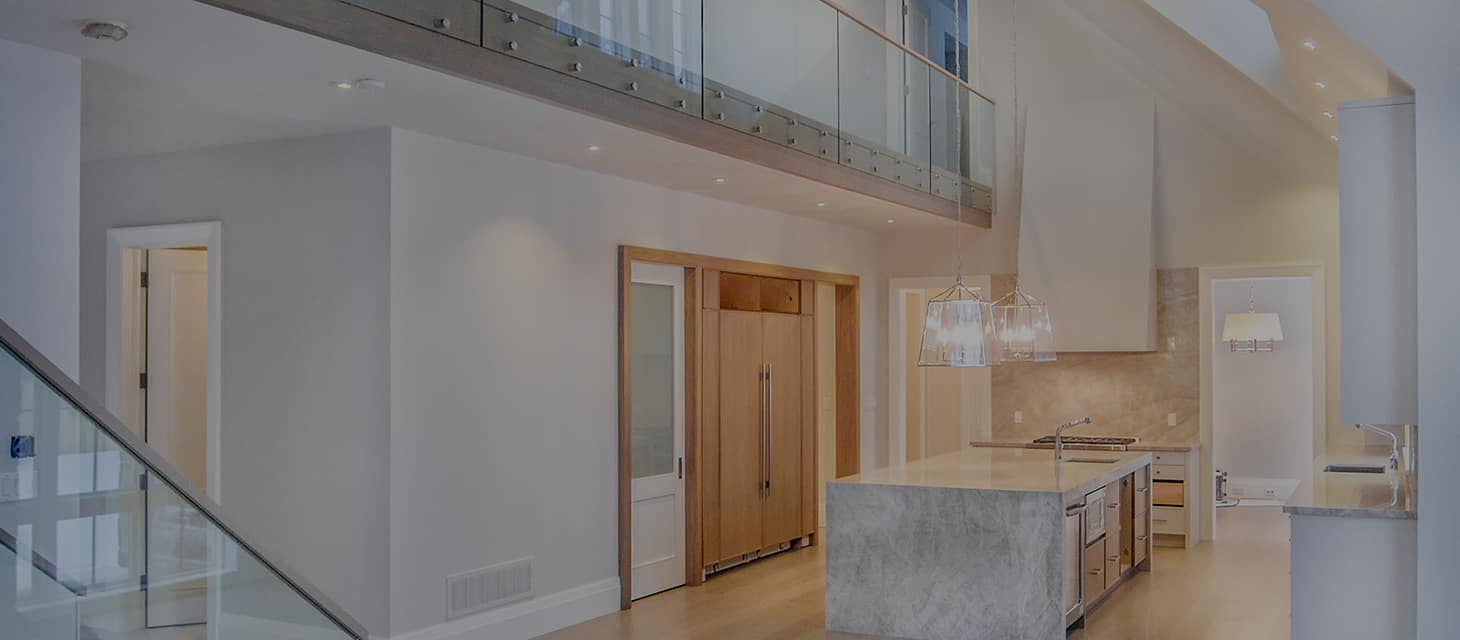How to Choose the Right Custom Home Builder
Komon Homes is a Luxury Custom Home Builder in Hamilton, Ontario
Building a custom home can be a lifelong dream for many people but choosing a custom home builder can be a daunting process. We sat down with Tom Komon from Komon Homes to discuss the importance of asking the right questions, and looking for more in a builder than just a low quote.
Komon Homes has over 30 years’ experience in the GTA and surrounding regions; experience that has taught them how to make the process work to everyone’s satisfaction. As a bonus, Tom discusses his passion: automation in the home.

Adam: Let’s start with a bit about your company.
Tom: Komon Homes is a custom homebuilder working throughout the GTA – mostly between Port Credit and Burlington. We build modern, traditional, and transitional homes, as well as some heritage and commercial projects.
Adam: You seem to be more of a general contractor. Do you also develop your own homes?
Tom: We do some developing on our own, both for personal use and for sale. Obviously, our clients’ homes are the priority but when we can squeeze in one or two for ourselves we enjoy doing it.
Adam: How did you get started in the building profession?
Tom: Growing up, my dad was in construction. He started with insurance claim rebuilds and basement additions, and then moved into homes. My brother and I took over from there. It’s kind of a family thing.
Before I started with him, I was in the structural engineering field, mostly drafting and modeling. That exposure to the other side of the business made me realize that construction was what I wanted to do. I wanted to get out of the office and be in the field. At the time, we were getting pretty busy, so I transitioned over.
Adam: At what stage do you get involved with your clients? Do you prefer to start at the land purchase?
Tom: Mostly, we follow a traditional process: the client gets a piece of land, and then hires an architect to design the home. We’re given a set of drawings to appraise and it goes from there.
I learned from starting out on the structural side that the earlier you could get involved the better. On big jobs like Bridgepoint Hospital where I did the working drawings, a proposal team was put in place before the job was even awarded. That can involve mechanical, architectural, HVAC, electrical, and engineering pros. As a team, they come up with the building plan that lets them build massive structures like these in 12 to 18 months.
When houses take three to five years to build, it’s usually because proper planning wasn’t in place from the beginning. We prefer to get involved at the first meeting with the architect so we can share in the preliminary discussions and establish a dialogue.
In the end, that enables us to streamline the schedule and build a home faster than meets the expectations of the client.

Adam: On that note, how do clients find you? Is it by referral?
Tom: Sometimes, it’s just people driving by and getting our name off of our sign at a building site. But the majority of our work has been either referral or through architects that we’ve worked with in the past. I’m always looking to make new relationships with new architects. That way, we get to work in a variety of designs. If you just work with the same architect, you’ll be using a lot of the same elements. We like to challenge ourselves and push the envelope, especially when it comes to innovation and technology.
Adam: When you first meet a client, what are some of their initial concerns, before they start a project with you?
Tom: I’d say the two things that always come up first are, ‘How much are you going to charge?’ and ‘How fast can you do it?’ People want their home built right away, with all the things they want it to have, at the lowest possible cost.
That’s where planning is so important. If we’re involved in the preliminary stages, we can help our clients customize the plans they want to fit their budget. If we’re not involved, the architect may design a whole bunch of things that could take the client way over budget.
Adam: So would you say that people are more concerned with cost than they are with time and quality?
Tom: Not exactly. They still want the quality but they want it done fast, and they want it done at the lowest possible price. It’s the same principle as buying a TV. You’re going to wait until that TV is on sale but you still want it to be a great TV.
It really comes down to honesty and transparency. If there’s something that I know is going to be an issue in the future, I’ll explain to the client what it is and why they should address it. It doesn’t put more money in my pocket to do that. In fact, it may cost us less to do something a different way than suggested. At the end of the day, I want the client to trust me.
Adam: How do you build that trust when you first meet a client? Do you take them around your past sites and let them experience the quality of your work?
Tom: It’s a challenge because for many people we’re talking about the biggest investment of their lifetime. They will have saved their money for years, and spent lots of time researching what they want to build. So for them to trust someone whom they’ve just met to take all this on – over a year, two year, or three year period – can be a big commitment. You have to show them the quality of your work, give them a sense of how knowledgeable you are, and explain how you plan to guide them through the process.

Adam: What would you say is like the hardest part of your job?
Tom: At the end of the day, building any house has its challenges but the hardest part is managing personalities. Of course, our primary focus is the client but, at the same time, we have to consider our trades: the trades we’ve worked with in the past, new trades, and the ones we want to work with in the future. It can be a balancing act between getting what the client wants to fit their budget, and managing the trades so they’ll work with you again. Little things go a long way, like our sites are always clean. You’re not stepping over stuff to get around. Our trades often tell us, “your sites are very well organized and we like working here.” That’s important to us.
Adam: It looks like you do many different styles of homes, but what really excites you about building these days?
Tom: There’s a big push right now for not just the style of the home or the look of the home but the comfort. Automation excites us: lighting control, heated floors, HVAC systems, HRVs, even little things like a recirculating line for plumbing that gives you instant hot water when you want to take a shower.
Technology-wise, lighting control and automation are really big right now. Having the ability to set up lighting scenes in a home changes how we’ve historically thought about light fixtures. You’re no longer just walking into a room where all your lights are set to 100%. You’re walking into a room pre-set to make your tasks a lot easier.
Say you want to cook dinner. You can walk into your kitchen and push a button that says, ‘Cooking.’ Your countertop lights can be set to 100% for maximum lighting while you complete that task. When you’re done, you can push ‘Dining or Eating’. The kitchen lights will dim and the dining room lights will brighten up a bit. You’re setting a scene and creating a more comfortable atmosphere.
Adam: Is there an industry standard now for home automation and lighting and sound controls, or does every builder do it according to how the homeowner wants it?
Tom: From a rough-in standpoint, there are two different ways you can do it. You can go with a hardwired cable network system where everything from the fixtures is hardwired back to the electrical panel. Or you can go with a wireless system where you have a similar sort of keypad, but no real wires going to the button. I prefer to have everything hardwired, less interference.
The systems vary based on cost and how much they can do. You can get one system to control everything from thermostats, lighting, audio, security, blinds, all from your phone within one app, or from one touchpad.
We’re finding more and more that automation is not really an option. We live in a high-tech society and these are things people have come to expect in their living situation.
Adam: Ok, let’s finish with a personal question. Do you prefer modern or traditional architecture and why?
Tom: I’ve never been a fan of the overly ornate, so I am not purely traditional. I like the clean lines of modern on the inside but the classical elements of a nice detailed eaves trough, or nice stonework on the outside. It’s really a fine line to mix the two, but once you do it, if you do it right, it looks really nice.
Adam: Perfect. That’s great. Thanks, Tom.

